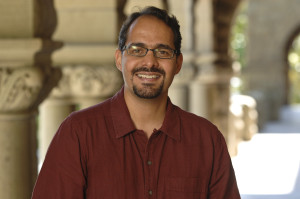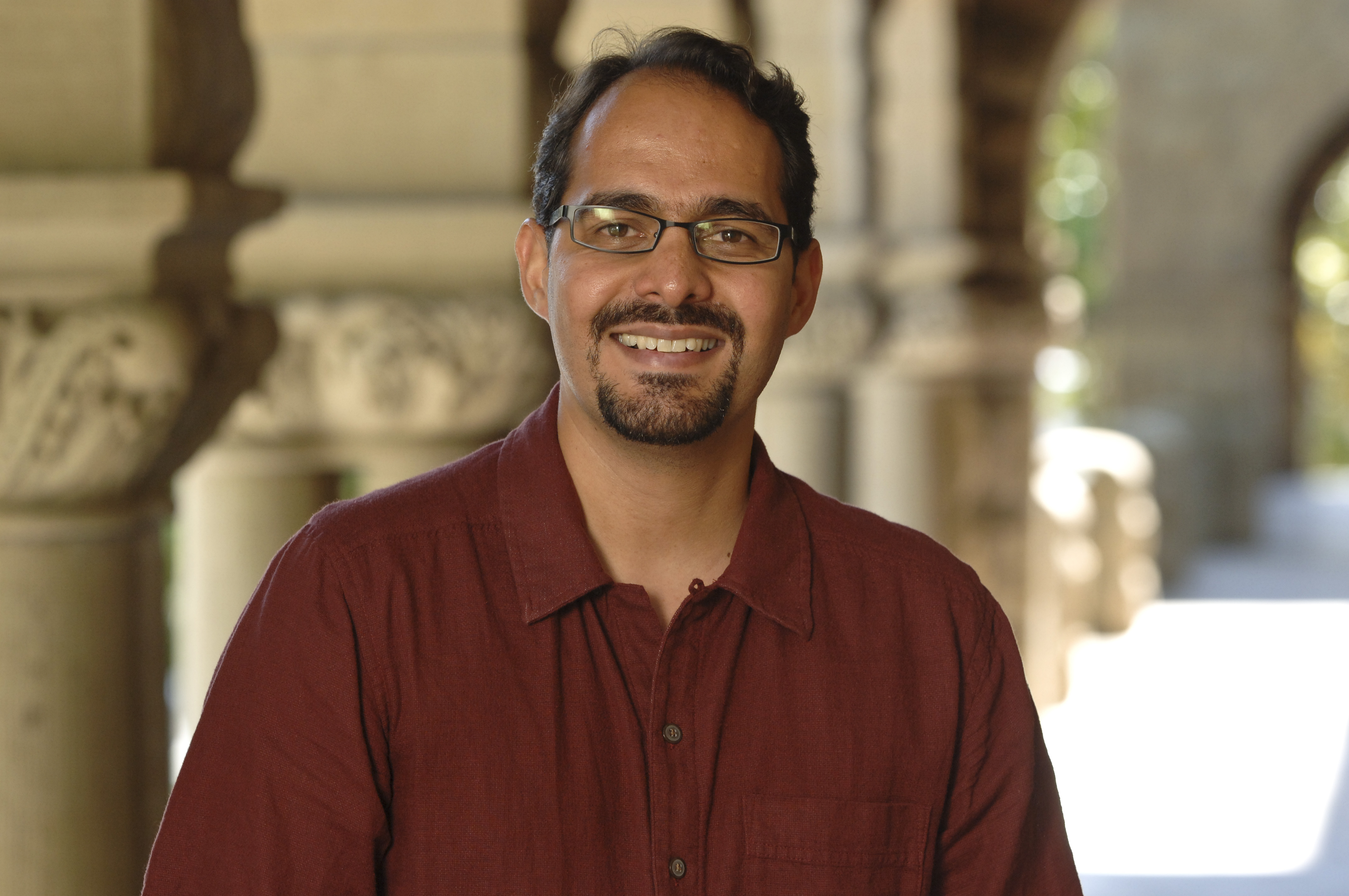
In a study conducted by Stanford, the University of California San Francisco (UCSF) and Mexico’s National Institute of Genomic Medicine, researchers discovered an unexpectedly large amount of genetic variation among groups indigenous to Mexico.
The study used the most comprehensive dataset of Mexican populations yet, and researchers also explained that acknowledging these genetic differences could enable more accurate medical diagnoses and predictions.
The paper, originally published in Science magazine on June 13, documented approximately one million single nucleotide polymorphisms (SNPs) — a DNA variation that occurs frequently within a given population — among 511 individuals. The subjects represented 20 different indigenous groups within Mexico.
The researchers also gathered and analyzed SNP data from a group of 500 mestizos — people of mixed European, African and Mexican descent. As an ethnic group, mestizos comprise nearly 95 percent of the Mexican population, and the mestizo subjects represented 10 to 12 Mexican states, a region of Guadalajara and the Los Angeles area.
Among non-Mexican populations, ethnic groups on the same continent typically differ genetically by five percent or less. However, the study found that values between some Mexican ethnic groups were as high as 12 to 14 percent.
“This was completely unexpected,” said Andres Moreno-Estrada, research associate at the Stanford School of Medicine. “[Twelve to 14 percent] are values that one would expect between Africans and Europeans or Europeans and Southeast Asians.”
These high difference percentages highlight the strength of genetic isolation among various Native American groups from whom the sample population descended.
“One would think that all of the [mestizo] populations would have completely different profiles [from] the native populations because they have been mixed,” Moreno-Estrada said. “However, it turns out that these people still reflect the substructures of their specific Native American ancestors.”
Knowing an individual’s genetic background can offer valuable insights into a patient’s health risks, including different breast cancer mutations and asthma rates. For years clinics have used “Hispanic” and “Latino” as categories for people of Mexican, South American and Spanish descent. The report’s findings demonstrate that such classifications, in relation to medical diagnoses and treatments, are typically too broad and often severely misrepresentative.
Esteban Burchard, professor of bioengineering at UCSF and one of the authors of the paper, also noted that ethnic ancestry among Mexicans largely influences long-term lung health and ultimately lung disease.
“What we demonstrated was that the type of Native American ancestry [a person] has influences how severe we would classify their lung disease,” Burchard said.
For example, between the eastern Yucatan Peninsula and northwestern Sonora, healthy individuals exhibit a 7.3 percent difference in lung function (FEV1).Currently, researchers on the project are working on creating genetic maps that document mean FEV1 levels through the country.
“Hopefully, we can eventually design diagnoses so they are specific to regions in Mexico,” Moreno-Estrada said. “We are still far from this, but at least these genetic maps are the first step towards designing a medical care that is more precise.”
Burchard also explained that the genetic maps would be invaluable for insurance companies and doctors who decide whether patients are eligible for disability statuses or transplants.
Although genetic maps have been made in the past, 96 percent of them focus on European populations. Over the last 500 years, thousands of Native American tribes in Mexico have mixed with Africans and Hispanics and created large amounts of genetic variation.
“We felt there was a lack of region-based diversity studies, which was one of the reasons we focused on Mexico,” Moreno-Estrada said. “The other reason was because it is one of the countries in the Americas with the largest amount of cultural and linguistic diversity, and we wanted to know if we could also measure that diversity at a finer level.”
Contact Pooja Belur at pooja_belur ‘at’ yahoo ‘dot’ com.
